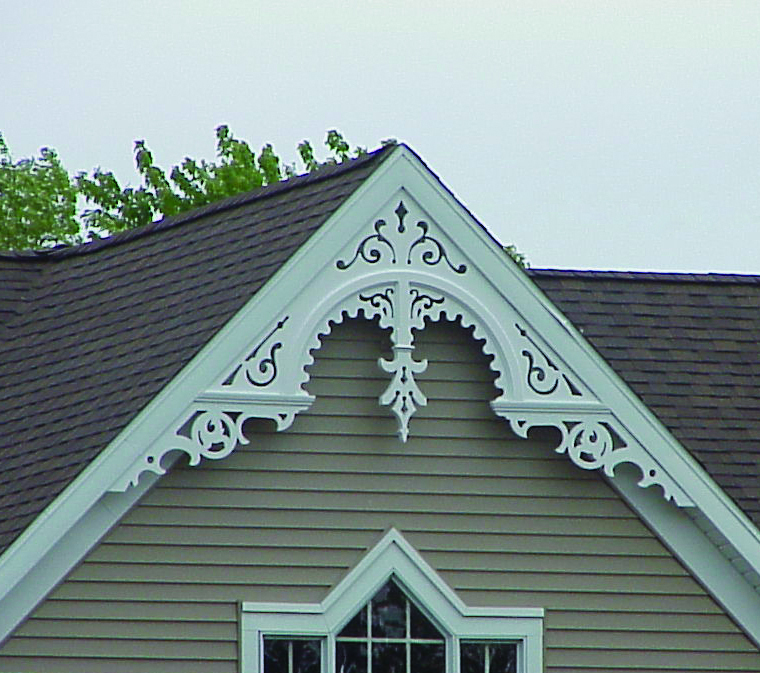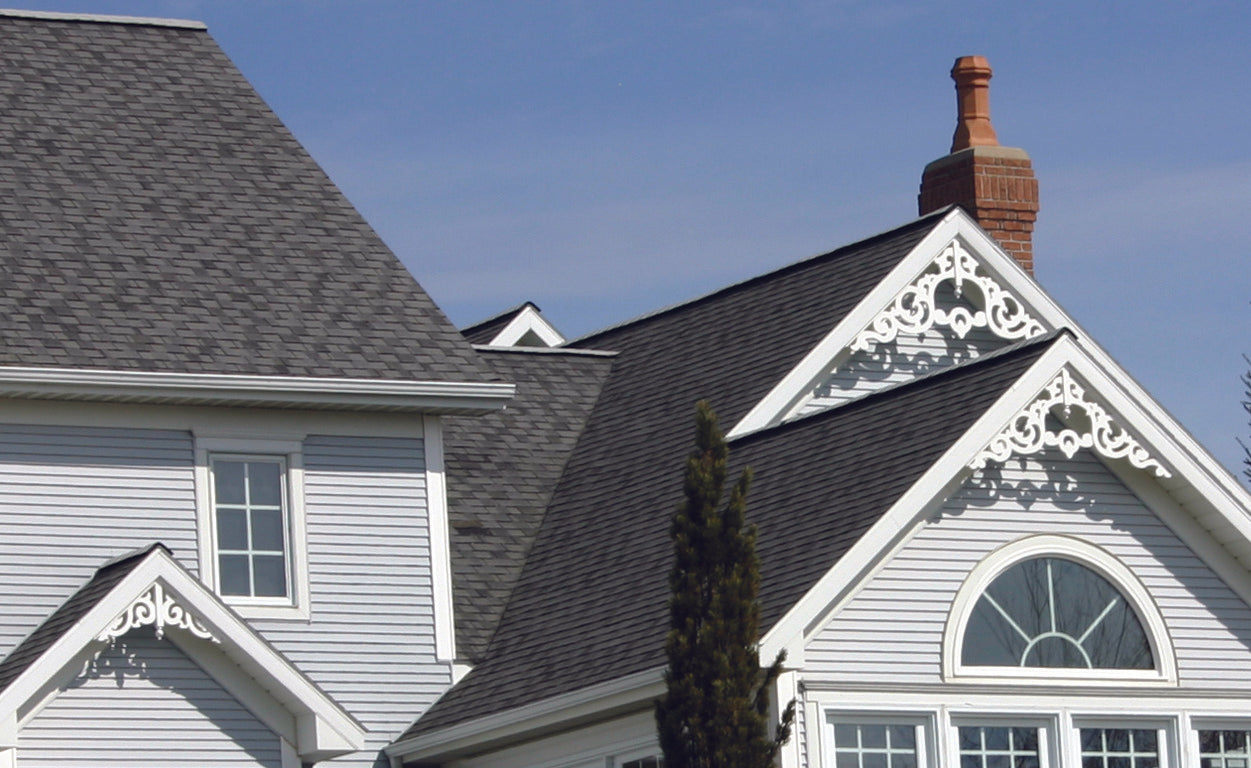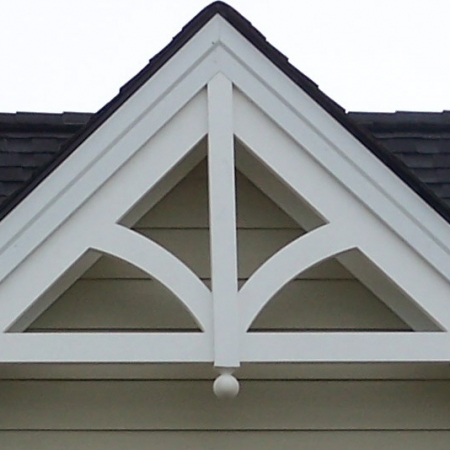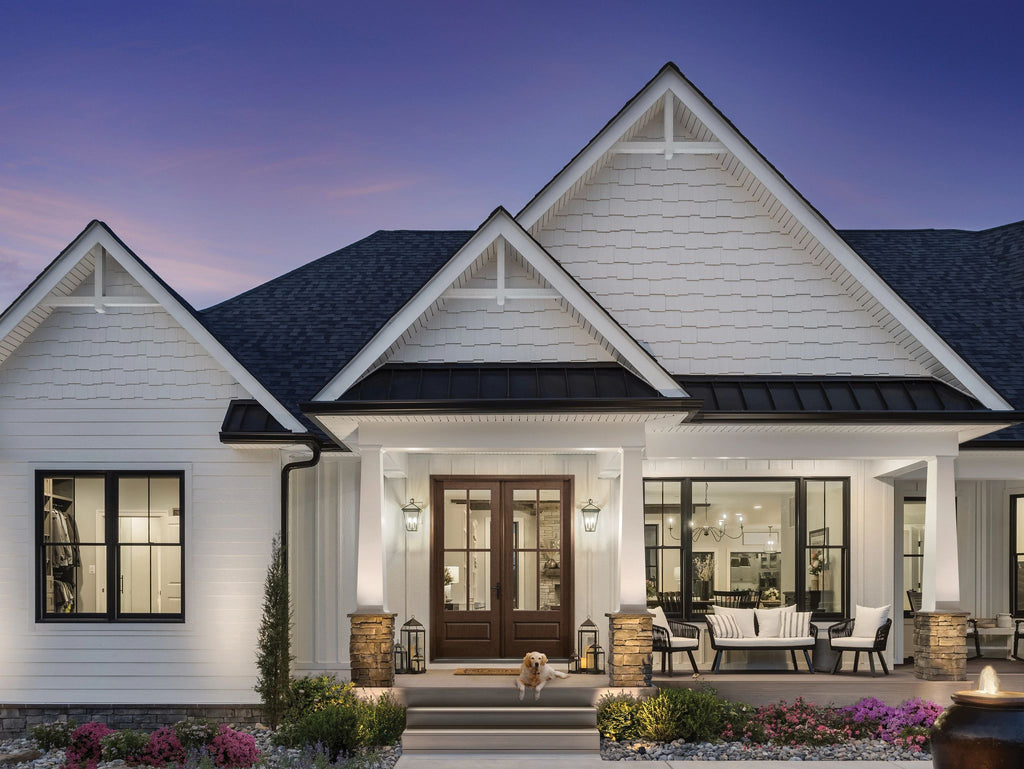When it comes to home design and aesthetics, the details often make the biggest difference. One such detail that can elevate the appearance of your home is decorative gable end trim. Not only does it improve the overall look of your house, but it also offers functional benefits. In this comprehensive guide, we will explore everything you need to know about decorative gable end trim, from its types to installation tips and maintenance. With my personal experience in home renovation, I hope to provide insights that will help you make informed choices for your own home.
What is Decorative Gable End Trim?
Decorative gable end trim refers to the architectural detailing at the apex of a gable, which is the triangular portion of a wall between the edges of intersecting roof pitches. This trim adds flair and elegance to the otherwise plain facade of your home. Not only does it enhance visual appeal, but it also serves to protect the structures underneath.
Importance of Gable End Trim
- Aesthetics: Decorative trim enhances the beauty of your home and contributes to curb appeal.
- Protection: It shields the underlying structure from weather elements.
- Value Enhancement: Homes with detailed architectural elements often fetch higher market values.
Types of Decorative Gable End Trim
Understanding the various types of decorative gable end trim can help you choose the right one for your home’s architectural style.
1. Wood Gable End Trim
Wood trim offers a classic and timeless look. It can be painted or stained to match the color scheme of your home.

Pros:
- Natural appearance
- Easily customizable
Cons:
- Requires regular maintenance
- Susceptible to rot and pests

2. Vinyl Gable End Trim
Vinyl trim is a popular choice due to its durability and low maintenance requirements.
Pros:
- Resistant to rot and pests
- Colorfast and low maintenance

Cons:
- Less customizable than wood
- Can warp under extreme heat
3. Fiber Cement Gable End Trim
This option combines the benefits of wood and vinyl, offering durability and aesthetic appeal.

Pros:
- Highly durable
- Fire-resistant
Cons:
- Heavier and may require professional installation
- Higher initial cost

4. Aluminum Gable End Trim
Aluminum trim provides a modern look with excellent weather resistance.
Pros:
- Lightweight and durable
- Requires no painting

Cons:
- Can dent easily
- Limited color options
Choosing the Right Trim for Your Home
When selecting the right type of decorative gable end trim for your home, consider the following factors:

1. Architectural Style
Your home’s architectural style will largely dictate the suitable type of trim. For instance, a Victorian home may benefit from intricately designed wood trim, while a modern home might look great with sleek aluminum.
2. Climate
Consider your local climate when choosing materials. If you live in a region with heavy rainfall, opt for low-maintenance materials like vinyl or fiber cement.
3. Budget
Costs can vary significantly between materials and installation types. Assess your budget to determine which option works best for you without compromising on quality.
Installation Process of Decorative Gable End Trim
Installing decorative gable end trim can be a rewarding home improvement project if you have a basic understanding of tools and techniques.
Tools and Materials Needed
- Measuring tape
- Saw (miter saw recommended)
- Nail gun or hammer
- Level
- Paint or stain (if using wood)
- Safety gear
Step-by-Step Installation Guide
- Measure: Accurately measure the gable end to determine how much trim you will need.
- Cut: Using your saw, cut the trim to fit the dimensions of your gable end.
- Fit: Before securing, hold the trim pieces in place to ensure a perfect fit.
- Secure: Use your nail gun or hammer to attach the trim securely to the gable end.
- Finish: If using wood, apply paint or stain for protection and aesthetics.
Maintenance of Decorative Gable End Trim
To ensure the longevity of your decorative gable end trim, regular maintenance is vital. Here are some tips based on the material type:
Wood Trim Maintenance
- Inspect for signs of rot or pest infestations.
- Repaint or re-stain every few years.
Vinyl Trim Maintenance
- Wash with soap and water as needed.
- Inspect for any cracks or warping.
Fiber Cement Trim Maintenance
- Check for cracks and repair as necessary.
- Clean with a soft brush and water.
Aluminum Trim Maintenance
- Gently wash with soapy water.
- Inspect for dents and scratches.
Comparing Decorative Gable End Trim Options
| Material | Durability | Maintenance | Cost |
|---|---|---|---|
| Wood | Medium | High | $$ |
| Vinyl | High | Low | $$ |
| Fiber Cement | High | Medium | $$$ |
| Aluminum | High | Low | $$ |
Pros and Cons of Decorative Gable End Trim
Pros
- Enhances the overall aesthetic appeal of your home.
- Offers protection against harsh weather conditions.
- Increases the market value of your home.
Cons
- May require regular maintenance, especially wood options.
- Installation can be labor-intensive.
FAQ About Decorative Gable End Trim
What is the best material for decorative gable end trim?
The best material depends on your personal preferences, climate, and budget. Wood is ideal for beauty but requires maintenance, while vinyl and fiber cement offer durability with low maintenance.
How much does it cost to install gable end trim?
The cost can vary widely depending on the material, size of your home, and whether you hire a professional. On average, you might spend between $5 to $15 per linear foot.
Can I install decorative gable end trim myself?
Yes, with the right tools and some handyman skills, you can install gable end trim yourself. Just make sure to take your measurements carefully and follow installation guides.
How often should I maintain my gable end trim?
Inspect your trim at least once a year for any signs of damage or wear. Depending on the material, you may need to clean, repaint, or repair regularly.
Conclusion
Decorative gable end trim is a simple yet effective way to enhance the beauty and value of your home. By understanding the different materials, installation processes, and maintenance requirements, you can choose the right trim for your unique style and situation. As someone who has undertaken many home improvement projects, I can attest to the transformative power of thoughtful design details. So, whether you’re planning a full renovation or a small upgrade, don’t overlook the potential of decorative gable end trim!